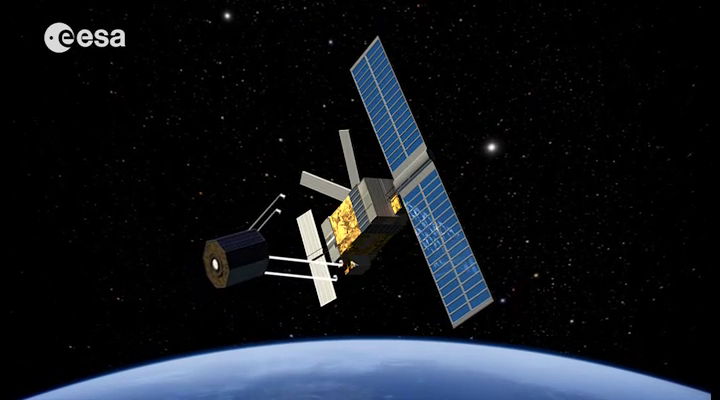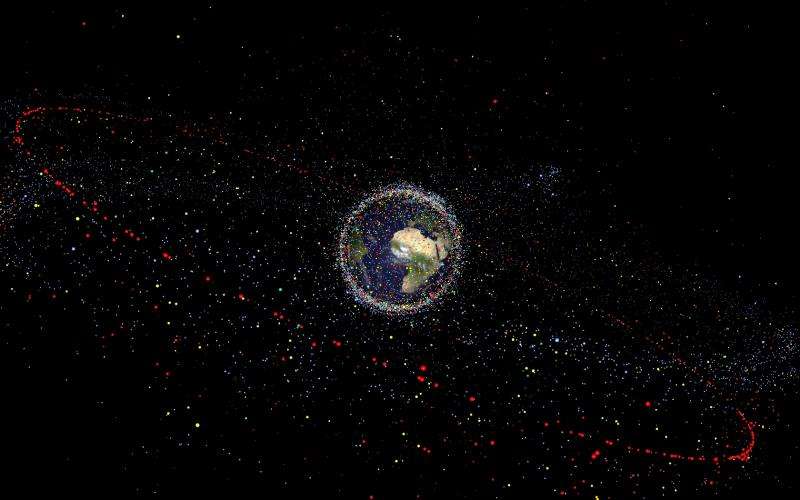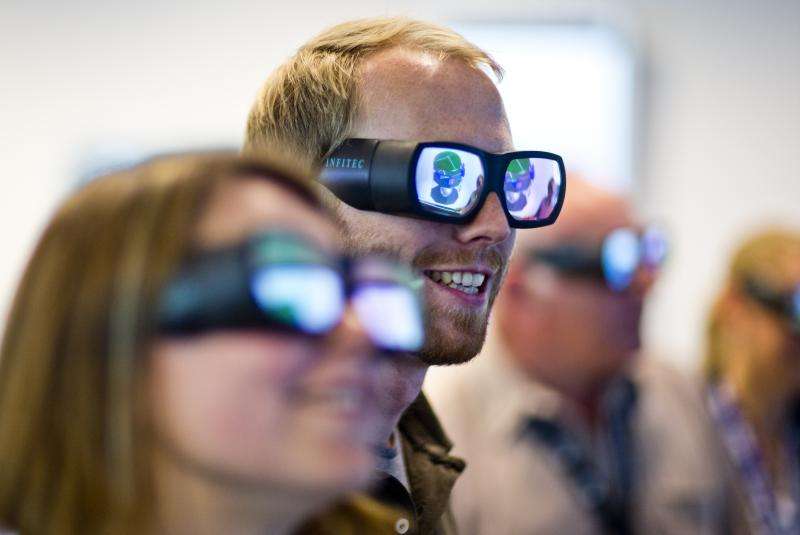ESA heading toward removing space debris

ESA's goal of removing a derelict satellite from orbit is picking up pace, as a mission design is assembled to be put before European ministers next year for approval.
The e.Deorbit mission came through ESA's Clean Space initiative, tasked with reducing the environmental impact of the space industry in both the terrestrial and orbital realms.
Space debris levels are increasing relentlessly, as colliding objects bequeath more debris and further collisions. Conserving the heavily trafficked and valuable low orbits calls for removing the large objects at a high risk of collision.
e.Deorbit would target an ESA derelict in this region, capture it, then safely burn up both the satellite and itself through a controlled atmospheric reentry.
Having proved this approach, multiple missions per year could be flown – and e.Deorbit is being designed with recurring flights in mind.
In space industry parlance, e.Deorbit has completed its 'Phase-A' preliminary analysis that began in January 2014. With many aspects already finalised, it is now moving on to 'Phase-B1'.
The aim now is to bring e.Deorbit to a point where it is essentially ready to build if ESA's Council of Ministers in December 2016 gives its assent for launch in 2021.
Several studies in ESA's Concurrent Design Facility have already defined aspects of the mission, which would adapt a Vega rocket upper stage as a platform for its capture system.

The proposal to harpoon its target has been dismissed as too difficult for the time being, in favour of alternative capture options such as robotic arms or nets. The initial prospect of taking debris into higher, quieter orbits has also been ruled out in favour of downward deorbiting.
"I am very pleased with the progress we are making," said Robin Biesbroek, managing the effort. "In this phase we will really go into detail on the concept of operations, e.Deorbit's subsystems design, and especially the capture and deorbit phases.
"Extensive simulations will be done not only for standard cases, but also for off-nominal cases."

The work to come will define the mission's technical specifications around various goals, the most important of which is to minimise the danger to people on the ground, down to less than one in 10 000.
e.Deorbit's next milestone will be its 'systems requirements review', due in May–June 2016.
Provided by European Space Agency




















